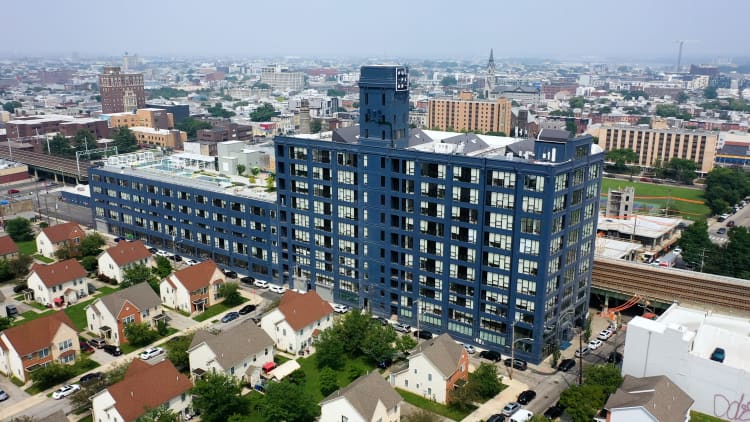Andreypopov | Istock | Getty Images
Property taxes can be a major expense for households, and several factors may affect the size of the bill, research shows.
These levies, which typically fund public services, such as K-12 education, police and firefighters, can be tough to compare across jurisdictions.
But there are four key reasons for differences: property tax reliance, property values, local spending and classification, according to a new report from the Lincoln Institute of Land Policy and Minnesota Center for Fiscal Excellence.
“In some communities, local residents are willing to pay higher taxes but expect higher spending on things like public parks and a robust public transportation network,” said Katherine Loughead, a senior policy analyst with the Center for State Tax Policy at the Tax Foundation. “In other communities, residents are less interested in the expense of public amenities but instead want to pay lower taxes.”
Property tax is “really instrumental” as a local revenue source, but Loughead stressed that every community has different priorities and budgeting goals.
Property taxes have ‘so many variables’
“With property taxes, it’s pretty simple stuff,” said Richard Auxier, senior policy associate at the Urban-Brookings Tax Policy Center. “But there are just so many variables.”
For example, there may be state restrictions on property tax growth or relief programs for certain residents, such as elderly, disabled or veteran homeowners.
This is why your next-door neighbor’s property tax bill can be so different from yours, Auxier explained. “When you turn the knobs to different points, you get different outcomes.”
Generally, cities tend to have more expensive property tax rates if there’s high property tax reliance, low property values or more robust local government spending, the report concludes.
The report analyzed the effective tax rate, or taxes as a percentage of a property’s market value, for more than 100 cities to better understand these variances. The calculation also included factors such as exemptions and credits.
5 highest effective property tax rates in 2022
The Detroit skyline.
Reese Lassman | EyeEm | Getty Images
These are the five highest effective property tax rates on a median-value home in 2022:
- Detroit: 3.21%
- Newark, New Jersey: 3.20%
- Aurora, Illinois: 3.04%
- Bridgeport, Connecticut: 3.04%
- Portland, Oregon: 2.59%
The average effective tax rate for median-value homes was 1.32% in 2022, based on the report’s analysis of the largest city in each state.
Of course, cities with high effective tax rates can still have relatively low property tax bills, based on home values.
For example, Los Angeles and Wichita, Kansas, have a similar effective tax rate of around 1.16%. But Los Angeles homeowners have significantly higher property tax bills due to much higher median home values.
Credit: Source link




